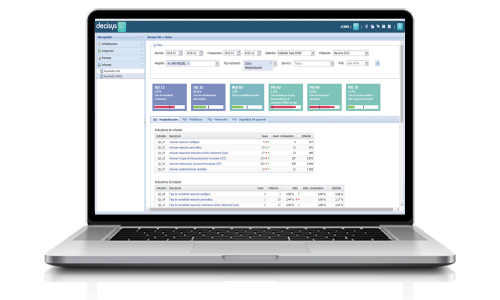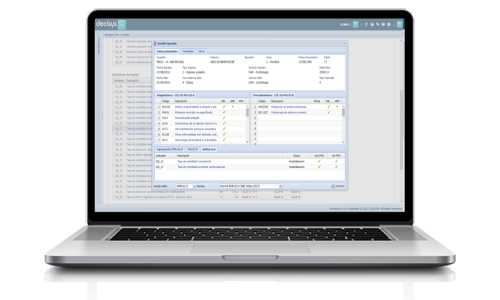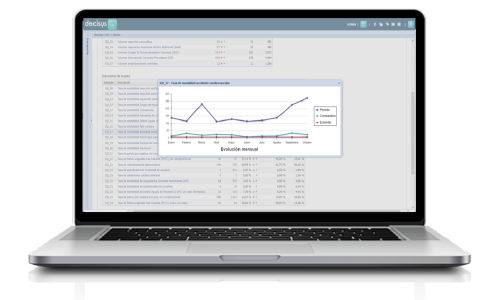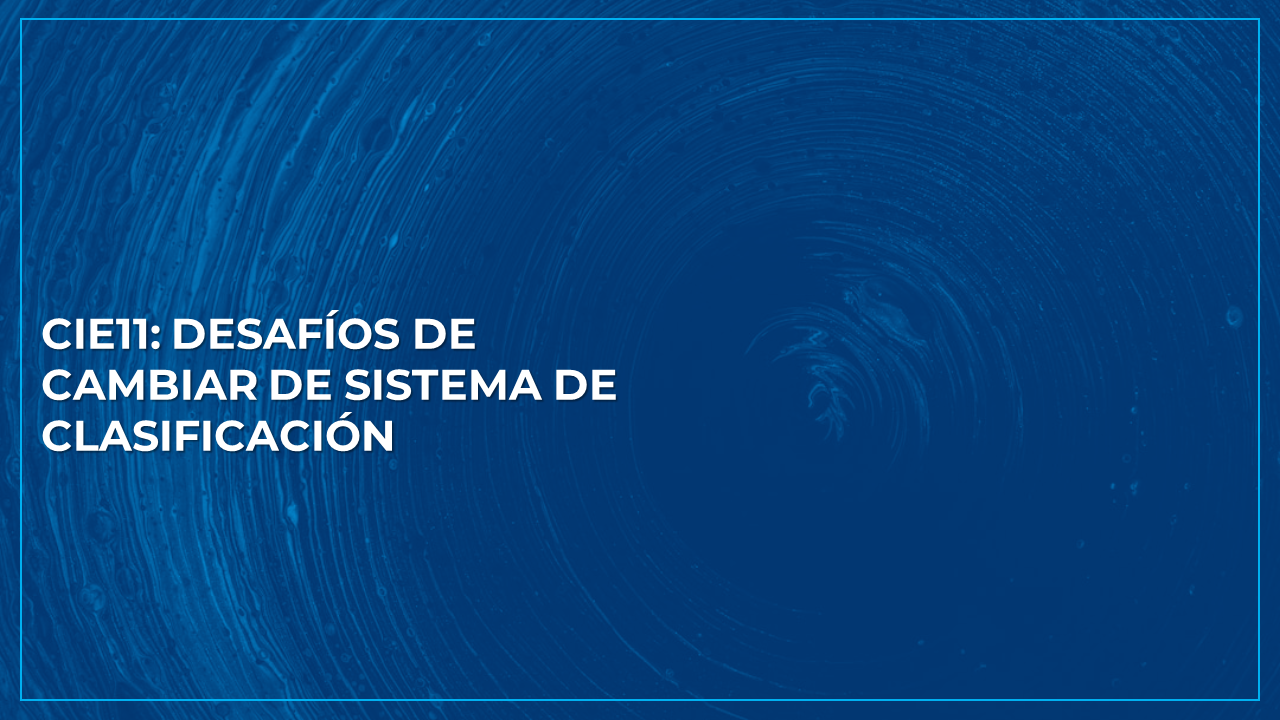Measuring and improving quality of care at hospitals

Improving quality of care has become a major issue for hospitals. We live a time where patients are becoming more and more demanding, professionals are better trained and medical technology is ever more innovative and helpful. These and many other social and scientific factors have contributed to promote and improve the quality of care provided by healthcare systems. However, in order to continue improving effectively the quality of care provided, it is essential to be able to measure quality appropriately, a task that is complex. Are hospitals today prepared to measure quality effectively?
To evaluate how prepared an organization is to measure quality of care and patient safety, we should try to answer questions like the following, and see if they we have systems that can give them the required answers:
- Do you know the rate of mortality for total hip replacements in the last month? Is your rate better or worse than the one of a comparable hospital?
- Can you analyze the rate of post-surgery hip fractures? Do you know after how many days these factures happen?
- Do you know what’s your post-surgery respiratory failure rate? Can you identify in which Departments they occur the most?
- Are you able to measure and analyze the rate of unintended retained surgical items or unretrieved device fragment rate? In which surgeries do they occur? At what time of the day are they more common?
- Do you know what’s the transfusion reaction rate of your organization? In which DRGs?
- Do you supervise the uncontrolled diabetes admission rate? In which diabetes type do they happen more often?
Being able to answer these questions in a quick, reliable and accurate way is of the upmost importance today. If a hospital can’t analyze the current quality of care, it wont be able to identify improvement areas in an objective way and it won’t be able to implement process corrections to improve the quality of care. Despite their importance, many organizations still don’t have appropriate tools to analyze and monitor quality of care and patient safety using standardized and comparable indicators.
Is it possible to measure the quality of care provided by an organization?
To make it easier to measure and analyze the quality of care provided by a hospital, Sigesa has, developed decisys-CAL®, a product specifically designed to calculate internationally validated indicators that can help measure the quality of care of an organization. Thanks to the indicators calculated by decisys-CAL®, organizations can measure and track clinical performance, highlight potential quality improvement areas and identify areas for further study.
The United States’ Agency for Healthcare Research and Quality (AHRQ), has developed a set of tools useful for outcome analysis, quality improvement and research. Among those tools, the AHRQ Quality Indicators (QIs), are one of the most useful. Taking readily available hospital inpatient administrative and clinical information, these indicators help organizations measure and track clinical performance and outcomes. The current AHRQ indicators are an evolution of the quality indicators developed at the beginning of the 90s, that have been refined empirically thanks to scientific and clinical reviews and the implementation of risk adjustment corrections.
Decisys-CAL® allows the organization to calculate and benchmark these indicators, which are obtained from information contained in the Minimum Basic Data Set (MBDS). The indicators are divided into 4 groups, each of them associated to inpatient and outpatient processes.
- Inpatient Quality Indicators – IQIs. These indicators reflect quality of care for inpatient activity, including:
- Inpatient Mortality Indicators for Diagnosis. Includes specific pathologies for which it has being proved that mortality can vary from hospital to hospital and for which there is some evidence that a higher mortality is associated with a lower quality of care.
- Inpatient Mortality Indicators for Conditions or Surgical Procedures for which mortality can vary from hospital to hospital and for which there is some evidence that a higher volume of procedures is associated with a lower mortality.
- Utilization indicators for procedures for which there are doubts of potential overuse, underuse and misuse. The analysis is conducted across hospitals and geographic areas.
- Volume indicators for procedures for which outcomes may relate to the number of times the procedure is performed and for which there is evidence that a higher volume of procedures is associated with a lower mortality rate.
- Prevention Quality Indicators – PQIs. Indicators representing hospital admission rates for common ambulatory care-sensitive conditions. Hospitalization for these types of conditions can often be avoided with appropriate use of high quality, community-based primary care service.
- Patient Safety Indicators – PSIs. These indicators are used to identify potentially avoidable complications that can result from a patient’s exposure to the healthcare system. Includes a subset of hospital and area level indicators that provide information on potential inpatient complications and errors following surgeries, other procedures, and childbirth.
- Pediatric Quality Indicators – PDIs. Hospital and area level indicators that focus on potentially preventable complications and errors in pediatric patients treated in hospitals. Includes a subset of Neonatal Quality Indicators.
In addition to the calculation of the AHRQ indicators, decisys-CAL® allows the hospital to:
- Analyze the evolution of the indicators on monthly basis and compare it to a standard, to be able to evaluate and measure the improvement of care.
- Drill-down to patient and episode level, allowing the analysis at any level and allowing the organization to proof-check, for example, the quality of the coded data and other MBDS data.
- All screens and data sets are downloadable, allowing other uses, like presenting specific cases to the Quality Commission of the hospitals and following up and analyzing them in a simple way.
- Select and customize the principal indicators for each organization depending on their priorities and needs (target indicators), allowing the organization to follow them very closely.



If you want to receive a Demo of Decysis CAL or additional information about how our products help organizations measure quality, please contact us.



